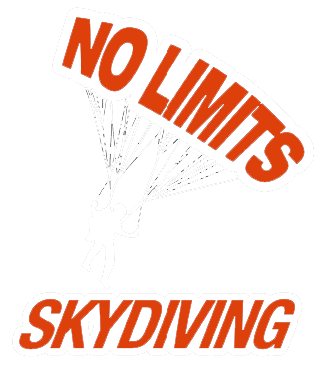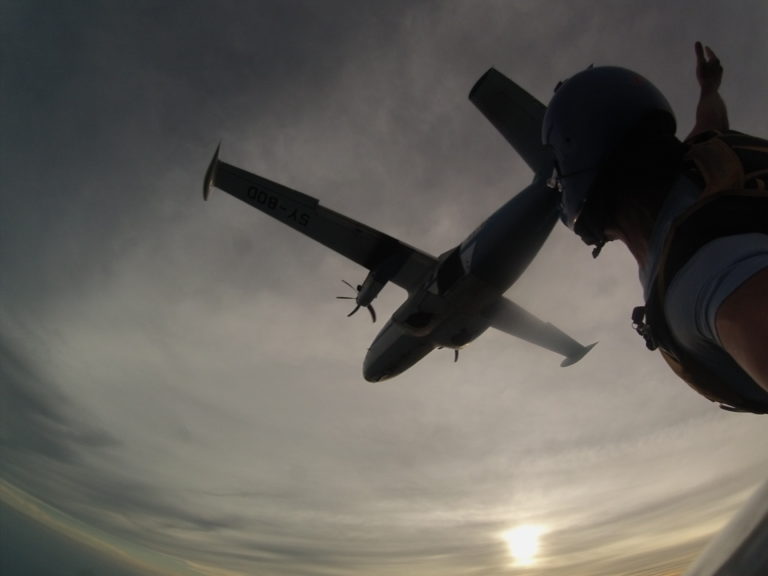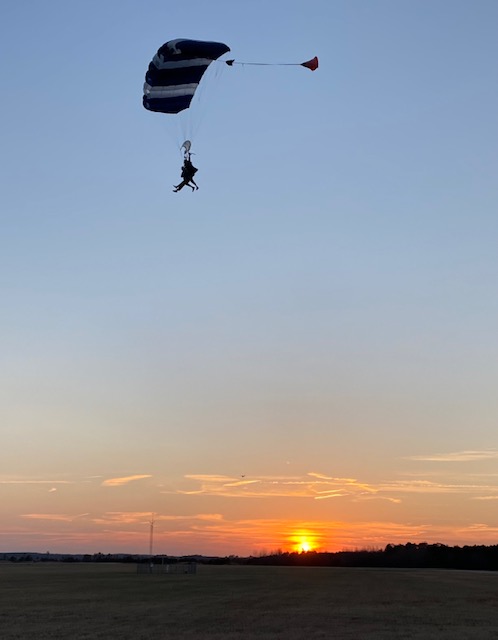The modern industry of indoor skydiving is sweeping the nation. Vertical wind tunnels have enabled us to simulate skydiving without having to jump from a plane. Skydivers understand the idea because of the close relation to the sport. However to most of the population, the concept of flying your body in a wind tunnel is foreign.
How does indoor skydiving compare to jumping out of an airplane? Simply stated, indoor skydiving is simulating the freefall portion of a skydive. Participants learn to fly their bodies on a column of air which is synthetically produced inside a confined area. There are a number of similarities and differences between traditional skydiving and indoor skydiving.
Similarities
“Does it feel like the real skydiving?” This question is often asked when people new to skydiving inquire about indoor skydiving. The answer is both yes and no, indoor skydiving feels like the freefall portion of a traditional skydive and the body control is the same. The thrill of jumping from an airplane, however, can’t be experienced without actually doing it! A traditional freefall portion of a skydive typical lasts between 45 and 60 seconds. Skydiving simulators have developed a way to take that same sensation and incorporate it into an indoor setting – without the time constraints. Just as skydiving, indoor facilities produce high-speed winds that allow participants to safely fly on a column of air.
Indoor Skydiving Influence on Skydiving
Indoor skydiving has revolutionized the sport of (outdoor) skydiving. As stated above, traditional freefall typically lasts anywhere from 45-60 seconds (this number can increase and decrease depending on the altitude in which the jumpers are exiting, and the chosen body orientation- see progression article for more information on avenues of flight). Tunnels now allow skydivers to focus on their flying skills in a smaller area for longer periods of time. Now what used to take jumpers tens of thousands of jumps and years of experience, can be learned in a fraction of that time. Skydivers are no longer limited to 60-second intervals/working time, they are able to fly for much longer. 10 minutes, 30 minutes, or even hours in one day if desired! Each minute flown is equivalent to a single skydive, you do the math! This is has been a phenomenal addition to the progression and future of this sport. Teams can now train for skydiving competitions and records for a fraction of the cost it would be to train in the sky. While wind tunnels significantly increase the talent of skydiver’s body flight – it does not train them to be more aware in the sky. Nor does it teach certain fundamental necessities that are required to be a safe skydiver such as canopy skills. Outdoor skydiving schools are still very much needed to train students on certain aspects of traditional skydiving.



